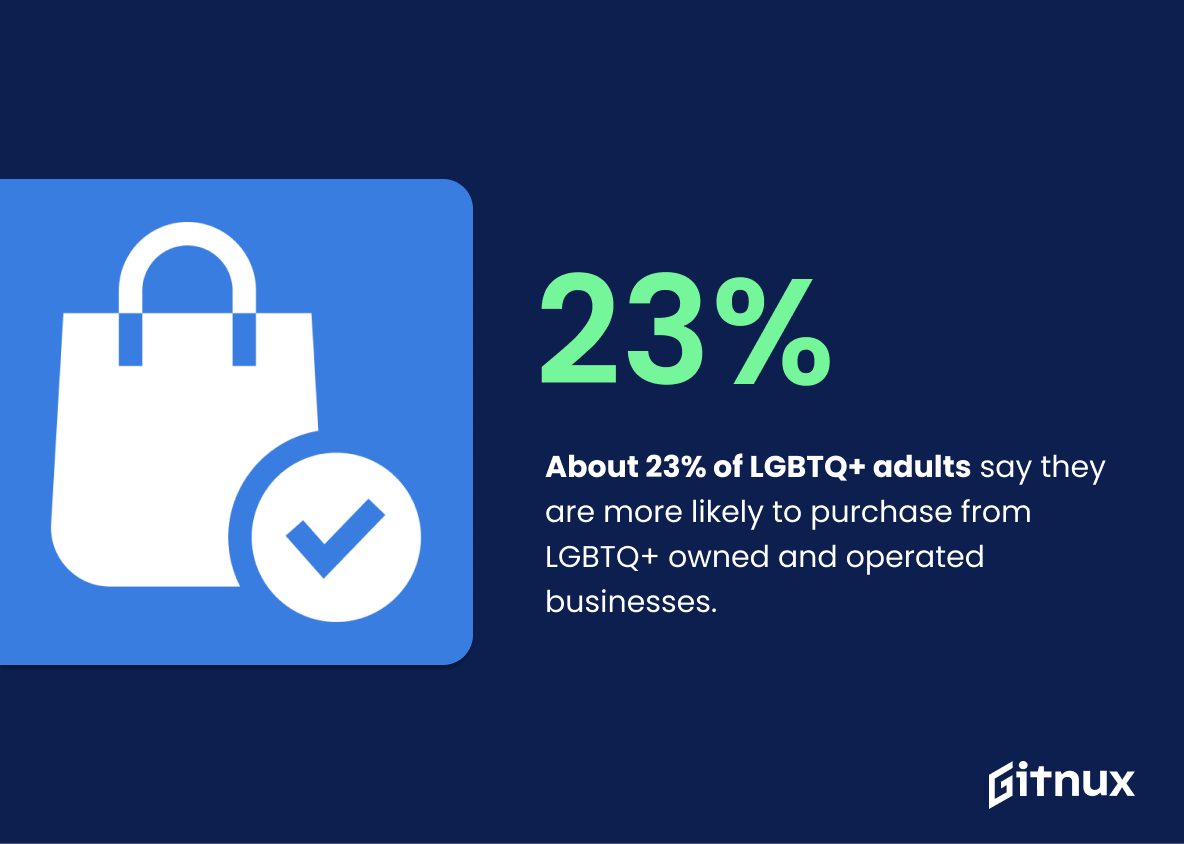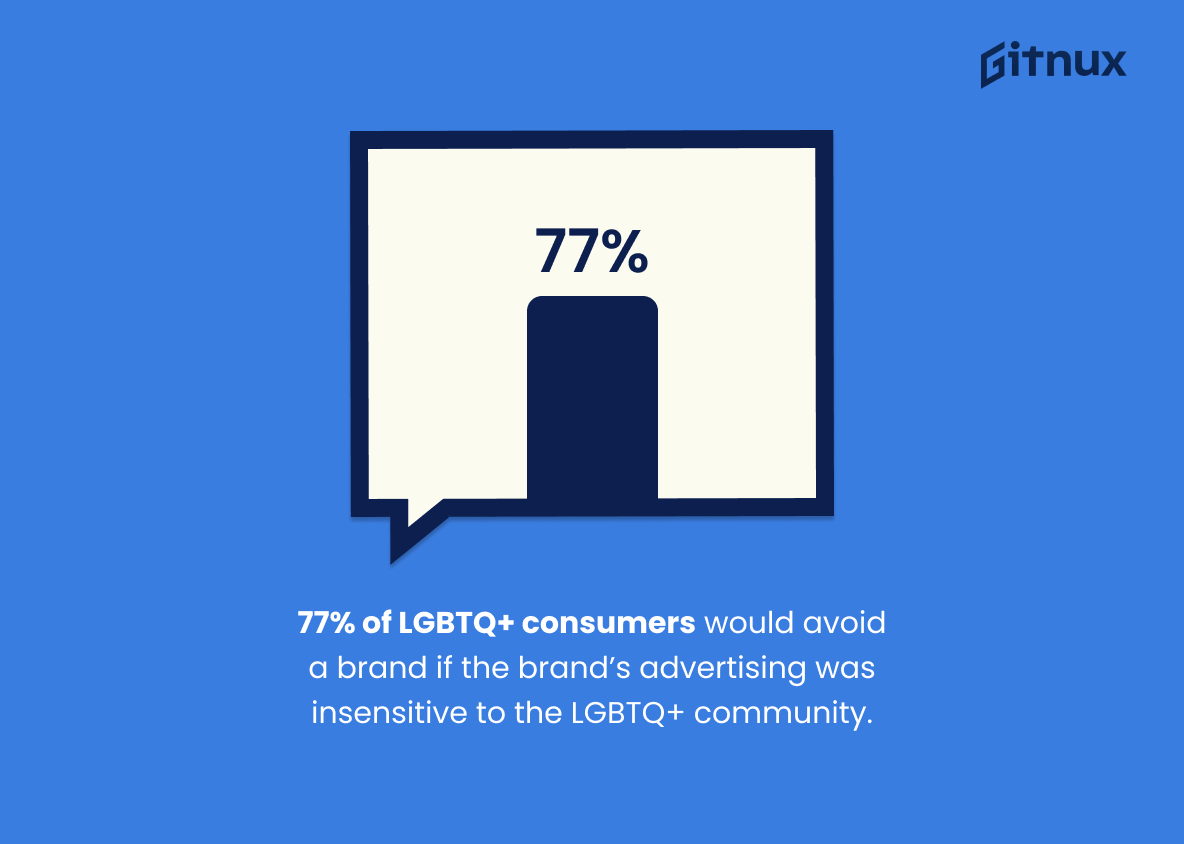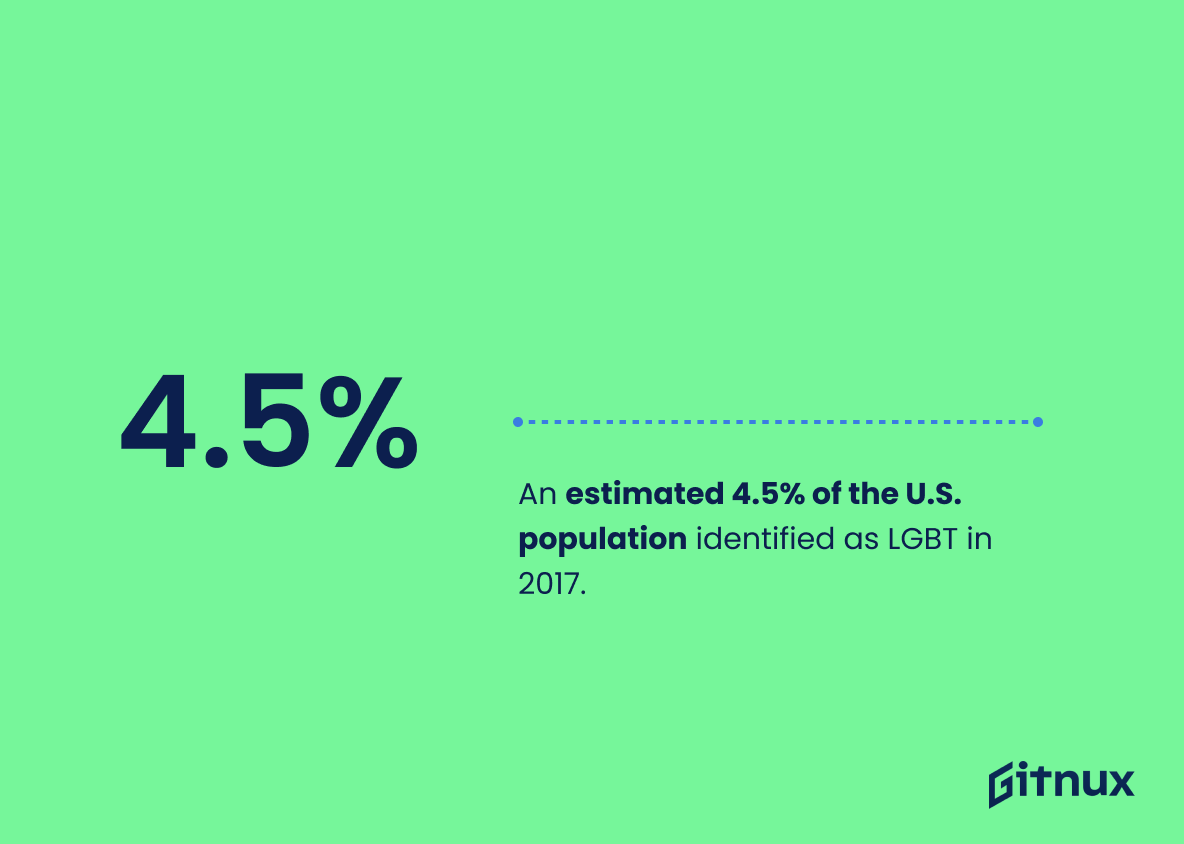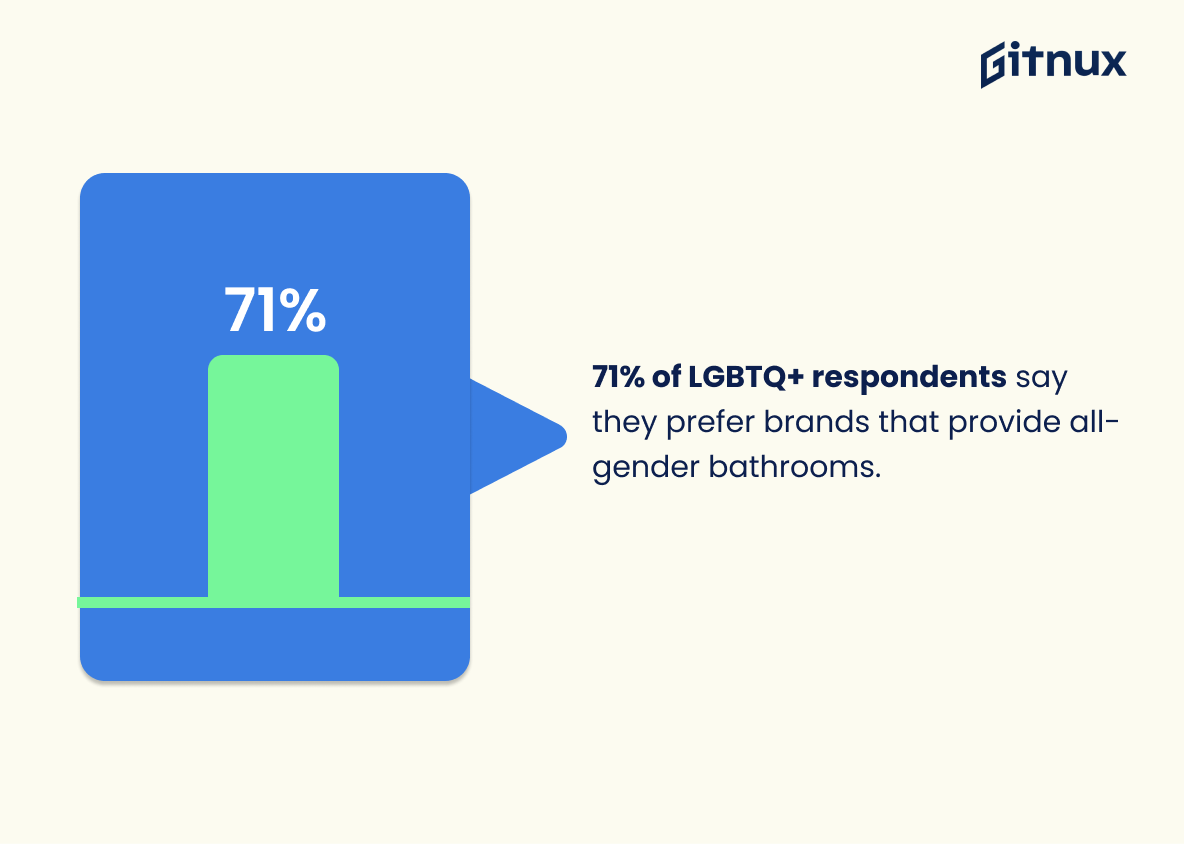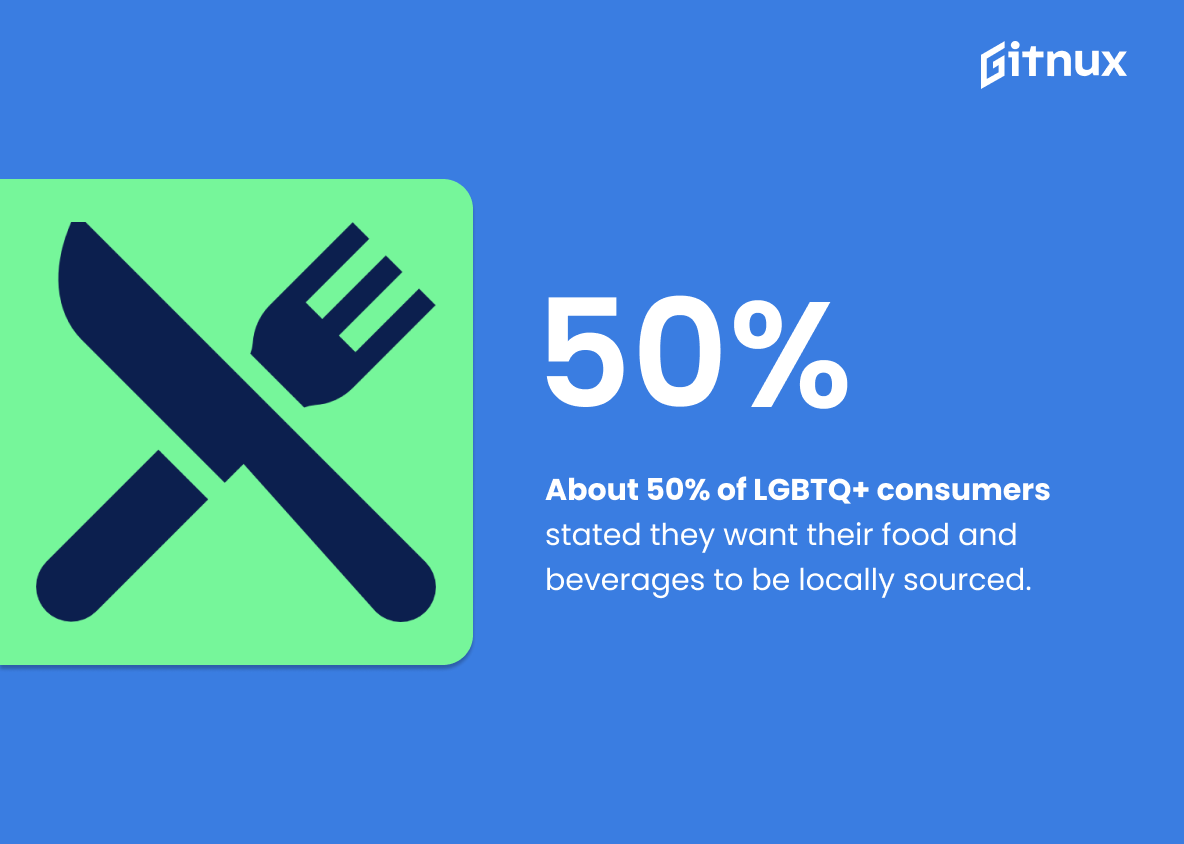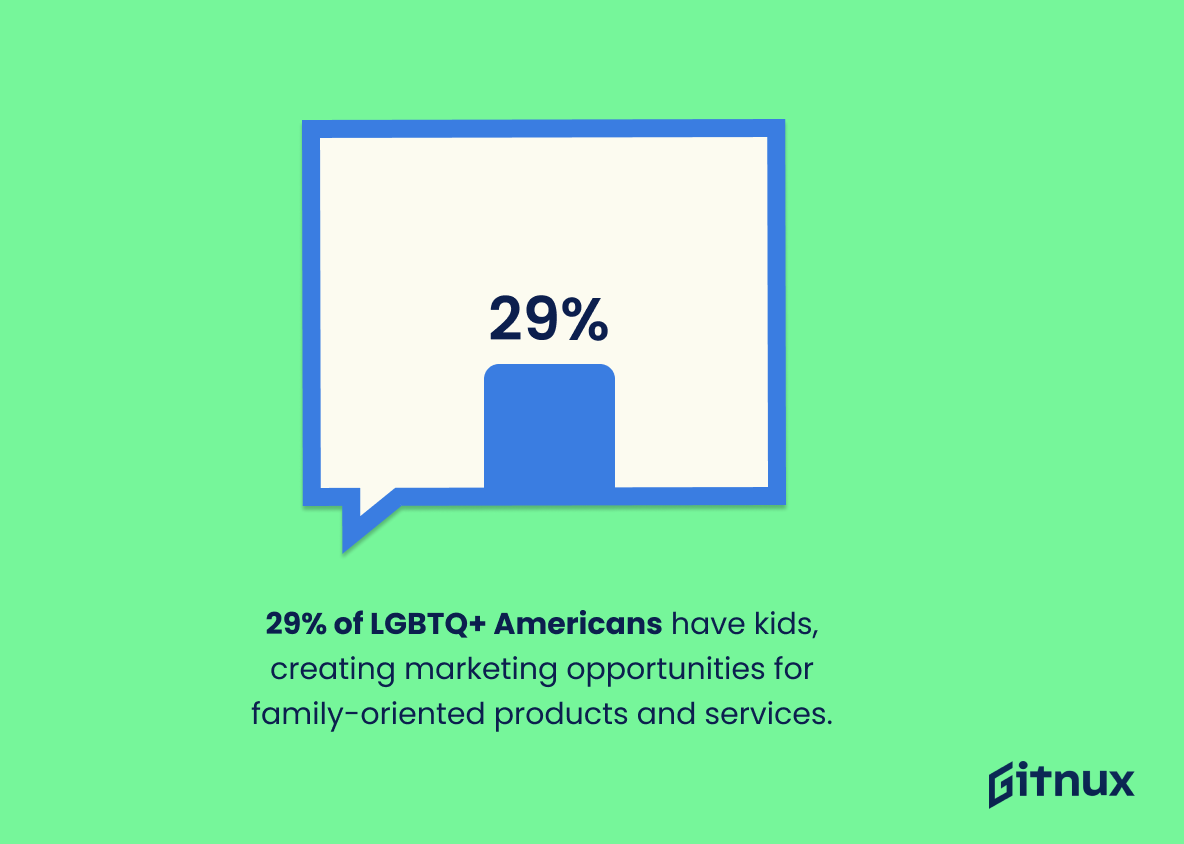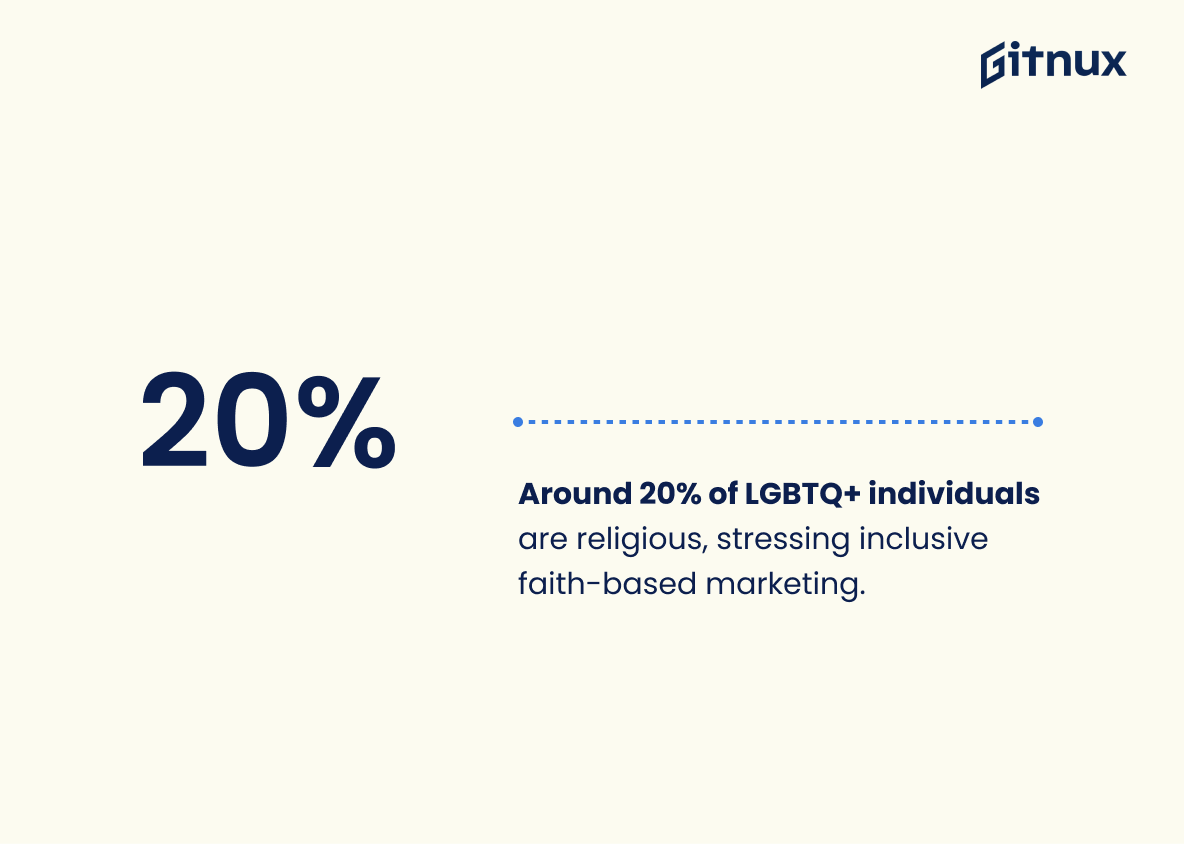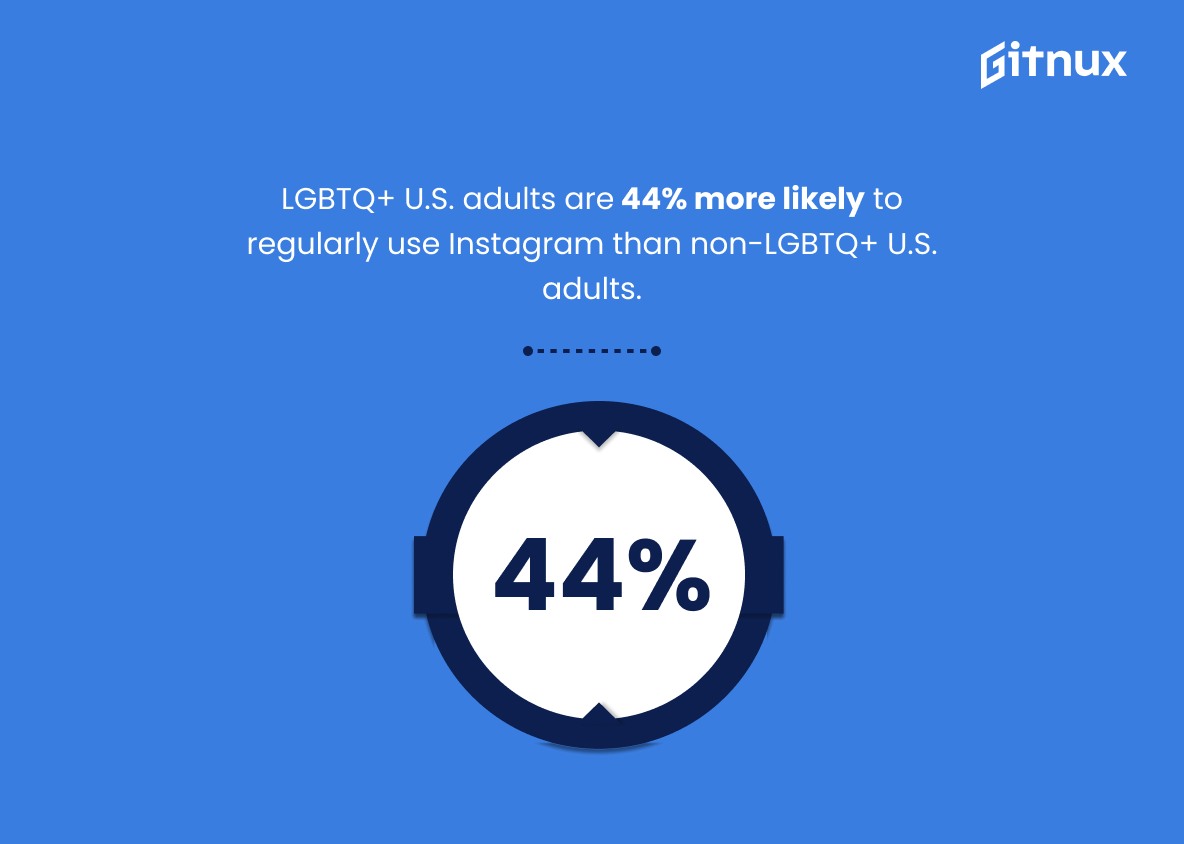The LGBTQ+ community is an important and powerful demographic in the U.S., with a purchasing power of $1 trillion in 2019, according to one statistic. This blog post will explore 20 statistics about LGBT marketing that demonstrate how brands can reach this valuable audience through inclusive campaigns and products. We’ll look at data on consumer spending habits, preferences for certain types of businesses or services, social media usage, attitudes towards sustainability and more.
By understanding these key insights into the LGBTQ+ market segmentation, companies can create effective strategies to engage their target customers while also showing support for diversity and inclusion initiatives within their organization.
This statistic is a powerful reminder of the immense economic influence of the LGBTQ+ community in the U.S. It highlights the importance of recognizing and catering to the needs of this community in order to maximize potential profits. It also serves as a reminder of the importance of creating an inclusive and welcoming environment for LGBTQ+ individuals, as this can lead to increased spending and loyalty from this demographic.
86% of Americans in the LGBTQ+ demographic view brands that support LGBTQ+ issues more positively.
This statistic is a powerful indicator of the importance of brands supporting LGBTQ+ issues. It shows that the majority of Americans in the LGBTQ+ demographic have a strong appreciation for companies that demonstrate their commitment to the community. This is an important reminder for businesses to consider when creating marketing campaigns and strategies, as it demonstrates the potential for positive brand recognition and loyalty among this demographic.
LGBTQ Marketing Statistics Overview
About 23% of LGBTQ+ adults say they are more likely to purchase from LGBTQ+ owned and operated businesses.
This statistic speaks volumes about the importance of LGBTQ+ owned and operated businesses in the community. It shows that LGBTQ+ adults recognize the value of supporting businesses that are owned and operated by members of their own community. This demonstrates the power of the LGBTQ+ community to support each other and the potential for businesses to tap into this market. It is an important statistic to consider when discussing LGBT marketing strategies.
77% of LGBTQ+ consumers would avoid a brand if the brand’s advertising was insensitive to the LGBTQ+ community.
This statistic is a powerful reminder of the importance of sensitivity when it comes to marketing to the LGBTQ+ community. It highlights the need for brands to be mindful of the language and imagery they use in their advertising, as well as the potential consequences of being insensitive. This statistic is a clear indication that brands should take extra care to ensure their advertising is respectful and inclusive of the LGBTQ+ community.
An estimated 4.5% of the U.S. population identified as LGBT in 2017.
This statistic is a powerful reminder of the importance of LGBT marketing. It highlights the fact that a significant portion of the population identifies as LGBT, and that businesses should be aware of this when creating marketing strategies. It also serves as a reminder that LGBT people should be represented in marketing campaigns, and that businesses should strive to create an inclusive environment for all customers.
71% of LGBTQ+ respondents say they prefer brands that provide all-gender bathrooms.
This statistic is a powerful reminder of the importance of all-gender bathrooms for LGBTQ+ individuals. It highlights the need for businesses to create an inclusive environment for their customers, and to ensure that all customers feel safe and respected. This statistic is a clear indication that businesses should prioritize providing all-gender bathrooms in order to create a welcoming atmosphere for LGBTQ+ customers.
LGBTQ+ consumers are approximately 8.5% more likely to shop sustainably compared to non-LGBTQ+ consumers.
This statistic is a powerful reminder of the importance of sustainability in the LGBTQ+ community. It highlights the fact that LGBTQ+ consumers are more likely to prioritize sustainability when making purchasing decisions, which is a testament to their commitment to protecting the environment. This statistic is also significant because it shows that LGBTQ+ consumers are more likely to be conscious of their impact on the planet, which is an important factor in creating a more sustainable future.
About 50% of LGBTQ+ consumers stated they want their food and beverages to be locally sourced.
This statistic is significant in the context of LGBT marketing statistics as it highlights the importance of local sourcing for this demographic. It shows that LGBTQ+ consumers are more likely to purchase food and beverages that are locally sourced, indicating that businesses should prioritize local sourcing when marketing to this group. Furthermore, this statistic demonstrates the importance of sustainability and environmental consciousness for LGBTQ+ consumers, which businesses should take into account when creating marketing campaigns.
29% of LGBTQ+ individuals in the U.S. have children, opening marketing opportunities for family-related products and services.
This statistic is significant in the context of LGBT marketing statistics as it highlights the potential for businesses to tap into a largely untapped market of LGBTQ+ individuals with children. It demonstrates the potential for businesses to reach out to this demographic and provide them with products and services that are tailored to their needs. This could be a great opportunity for businesses to expand their customer base and increase their profits.
Approximately 20% of the LGBTQ+ community identifies as religious, showing the importance of being inclusive in faith-based marketing campaigns.
This statistic is a powerful reminder of the importance of being inclusive in faith-based marketing campaigns. It shows that a significant portion of the LGBTQ+ community identifies as religious, and that it is essential to create campaigns that are respectful and welcoming to all. By recognizing the diversity of beliefs within the LGBTQ+ community, marketers can ensure that their campaigns are more effective and reach a wider audience.
84% of LGBTQ+ adults use social media, making it an important platform for marketing.
This statistic is a powerful reminder of the importance of social media in the LGBTQ+ community. It highlights the need for businesses to recognize the potential of social media as a platform for marketing to this demographic. By understanding the prevalence of social media use among LGBTQ+ adults, businesses can better tailor their marketing strategies to reach this audience.
LGBTQ+ U.S. adults are 44% more likely to say they regularly use Instagram compared to non-LGBTQ+ U.S. adults.
This statistic is a powerful reminder of the importance of marketing to the LGBTQ+ community. It highlights the fact that LGBTQ+ U.S. adults are more likely to be active on Instagram, which is a key platform for marketing and advertising. This means that businesses should be aware of the potential to reach this audience and tailor their marketing strategies accordingly.
Conclusion
The statistics presented in this blog post demonstrate the importance of LGBTQ+ marketing and its potential to increase brand loyalty, market share, and revenue. The purchasing power of the LGBTQ+ community is worth $1 trillion, with 86% of Americans viewing brands that support their issues more positively. Additionally, over 30% are willing to pay a premium for such brands while 77% would avoid them if they were insensitive towards the community. Furthermore, 4.5% of U.S population identify as LGBT which opens up opportunities for family-related products and services; 20% also identify as religious making faith-based campaigns important too.
Social media platforms like Instagram are popular among LGBTQ+ consumers (44%) who prioritize safety when selecting vacation destinations (56%). Finally 75%, 78%, respectively say they will switch or consider switching companies based on their stance on these issues – showing how powerful it can be to create an inclusive environment through your marketing efforts.
References
0. – https://www.www.pewresearch.org
1. – https://www.news.gallup.com
2. – https://www.www.hrc.org
3. – https://www.www.outtraveler.com
4. – https://www.www.globalwebindex.com
5. – https://www.www.comscore.com
6. – https://www.www.familyequality.org
7. – https://www.thedrum.com
8. – https://www.www.advocate.com
9. – https://www.www.ncbi.nlm.nih.gov
